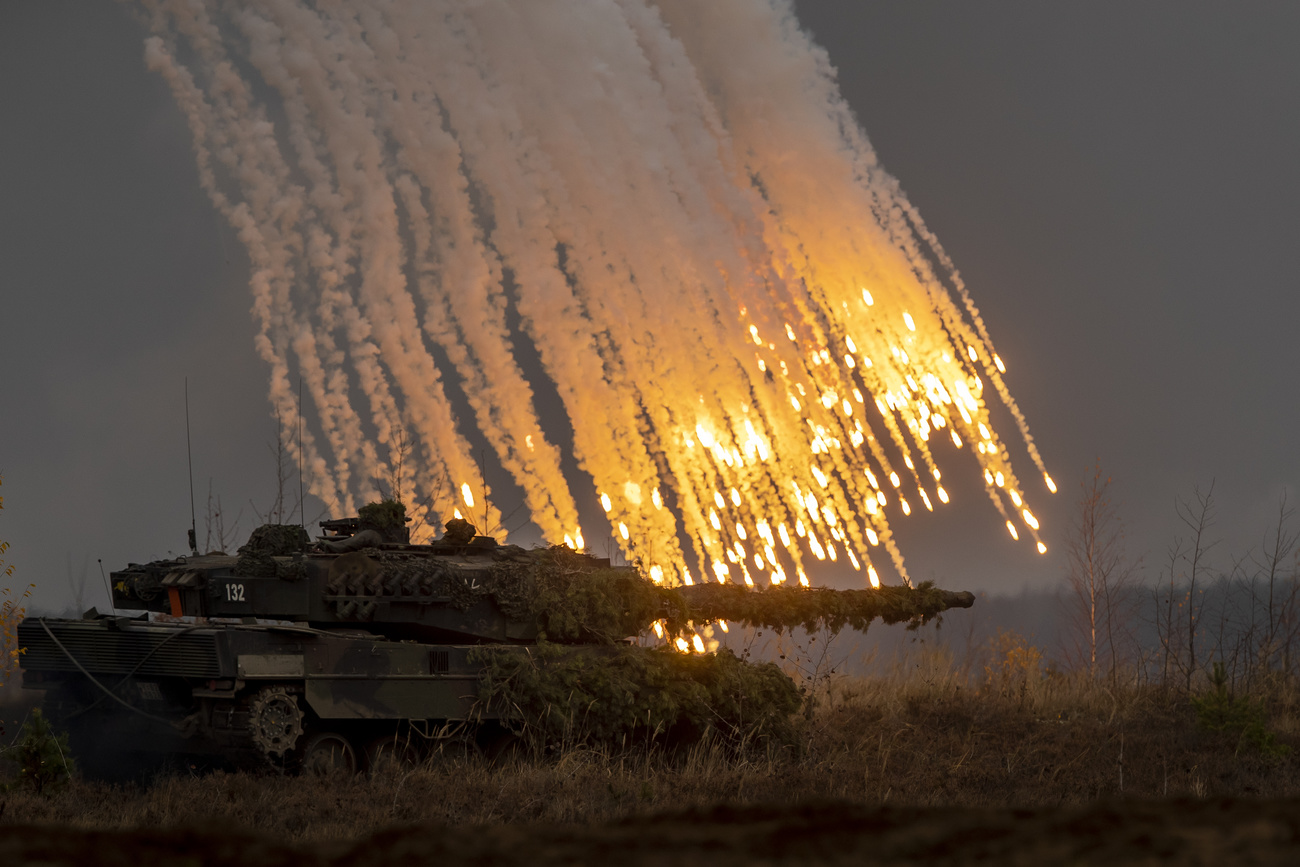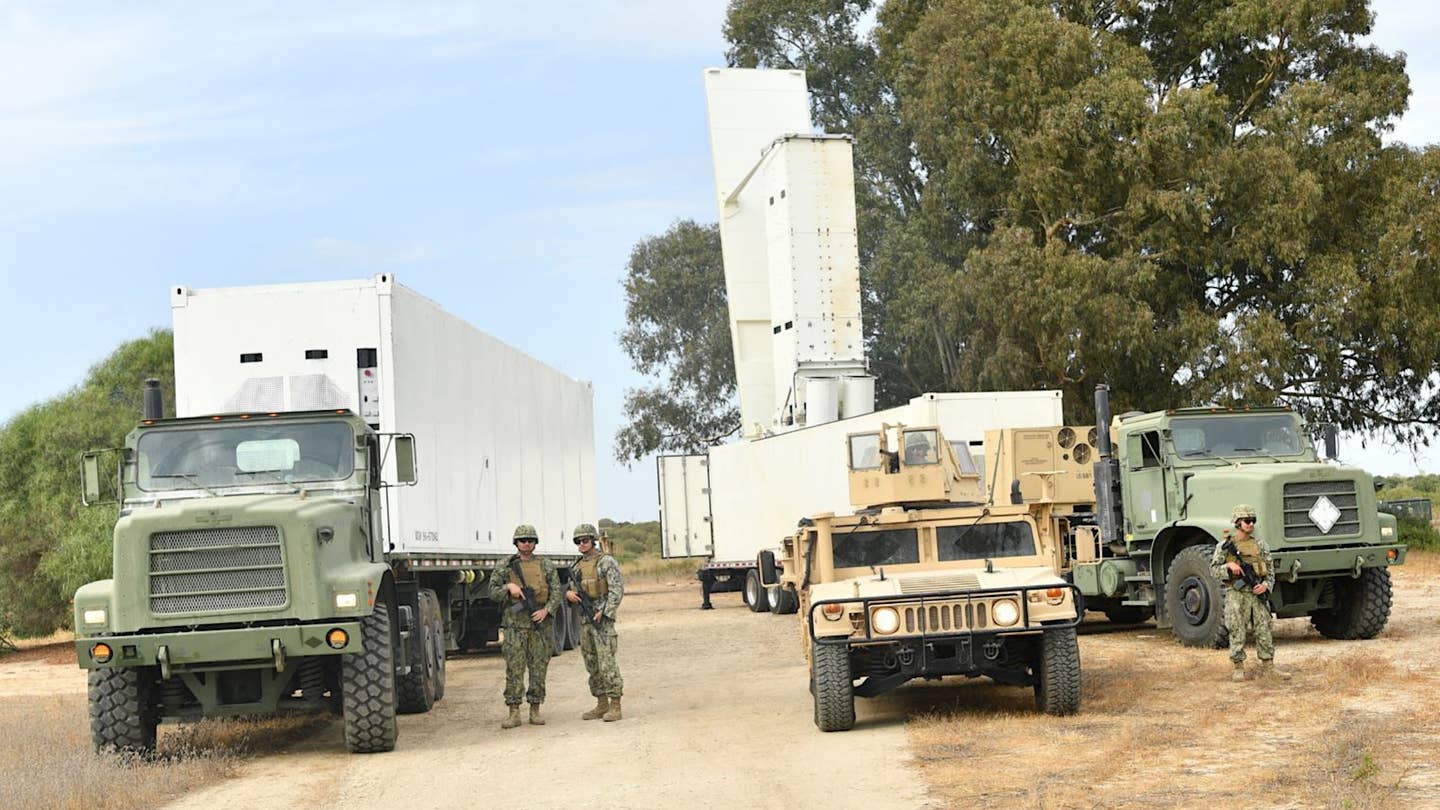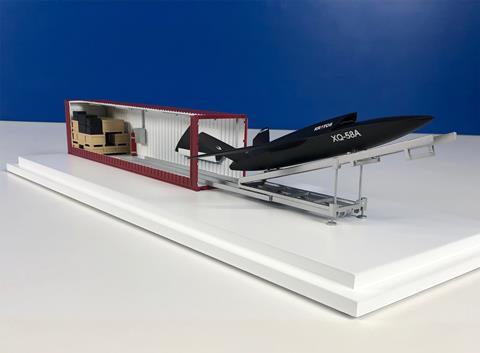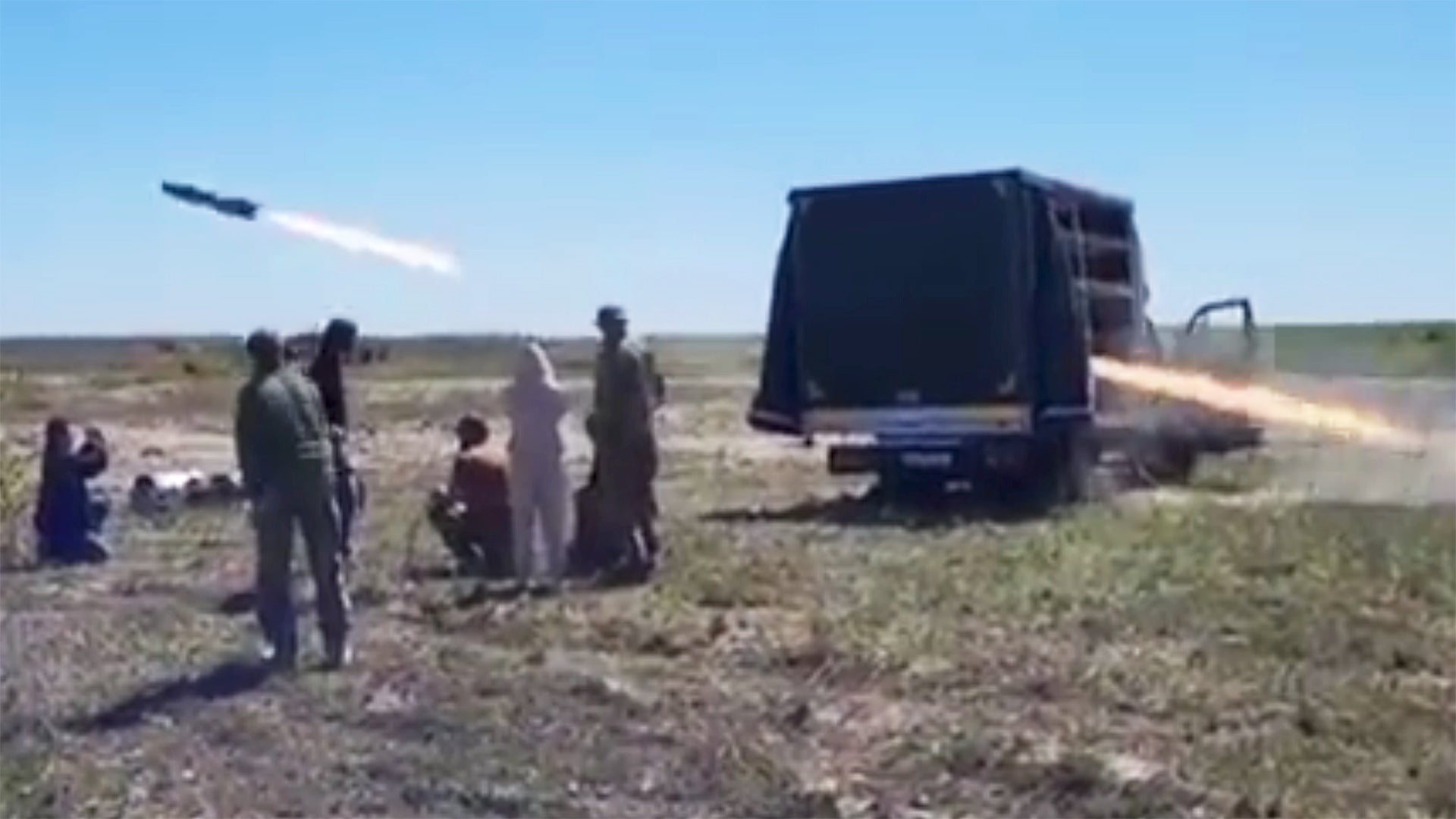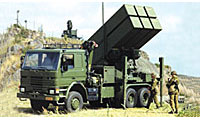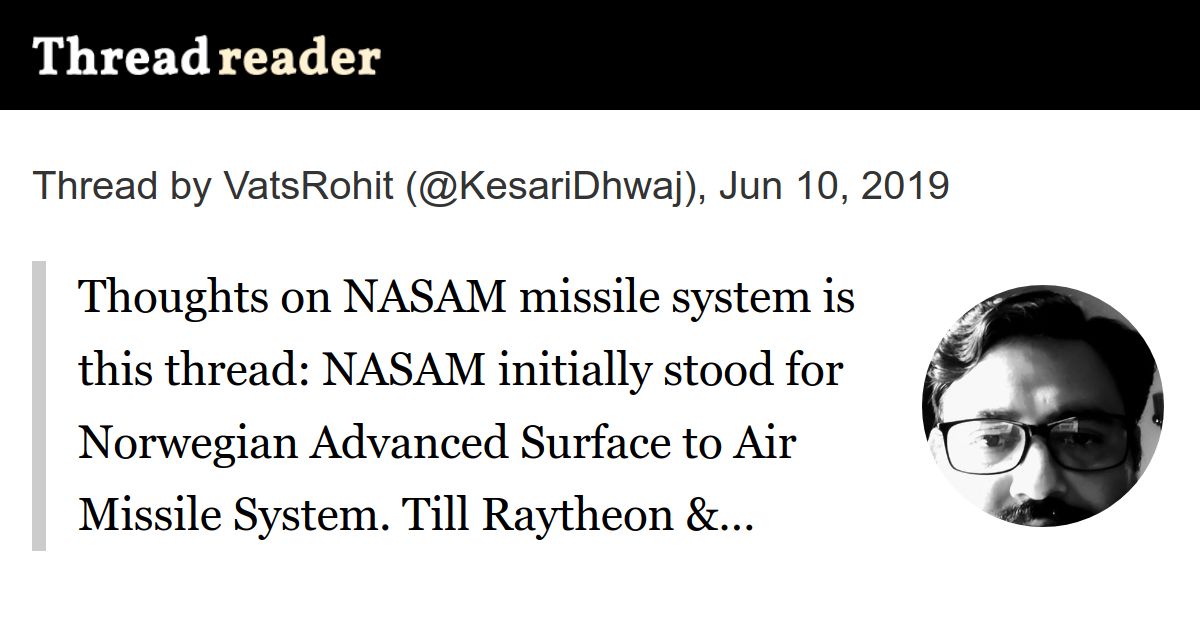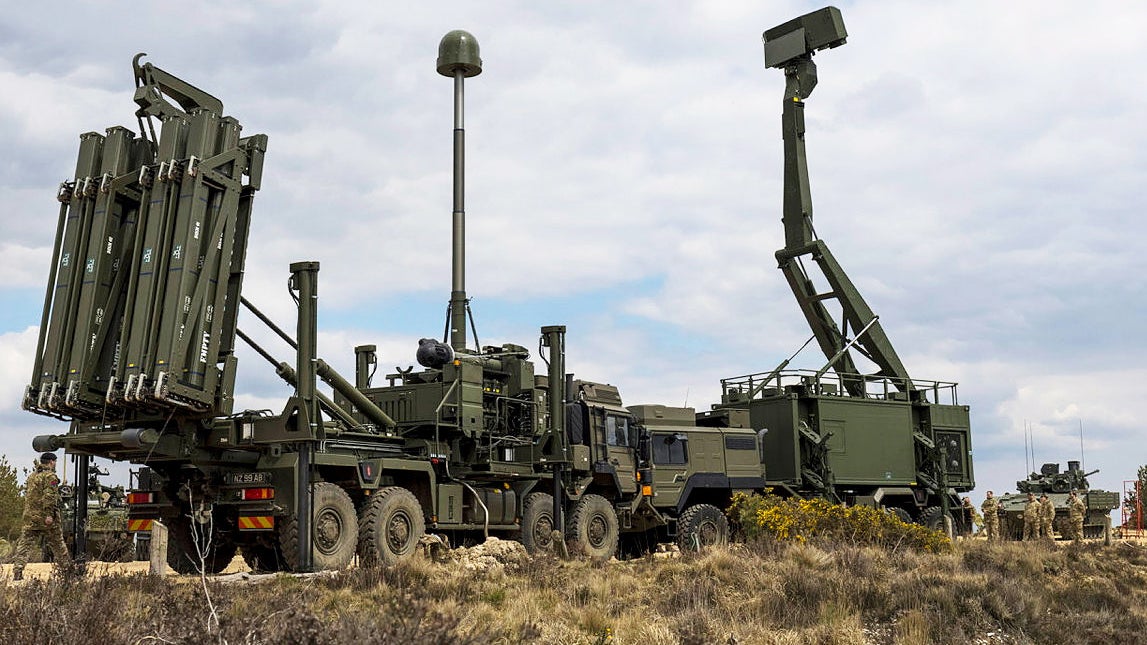- Reaction score
- 12,291
- Points
- 1,160
Time to stop blaming the Peace Dividend politicians. The supply problem predates that by 40 years or so.
How the West is racing to stop Ukraine's guns falling silent
Rusi’s Taylor says that during the Cold War, Nato countries’ militaries held about three weeks’ worth of ammunition. With nuclear armageddon expected to occur before those three weeks were up, the defence supply chains of many countries, including the UK, were trimmed to suit.
How the West is racing to stop Ukraine's guns falling silent
How the West is racing to stop Ukraine's guns falling silent
Nato stockpiles were depleted to arm Kyiv – but the defence industry must ramp up production once more
ByGareth Corfield and Howard Mustoe4 September 2022 • 6:00am

‘Saint Javelin’ captures the combination of Ukrainian will and Western weaponry
In the weeks after Russia’s invasion of Ukraine, a parody image began doing the rounds on the internet featuring ‘Saint Javelin’.
Depicted in the style of an orthodox Christian saint, a stern-faced female figure clad in the blue and gold of the Ukraine flag cradles an FGM-148 Javelin anti-tank missile launcher, nestling it against her cheek.
The image, it turned out, was devised by a Canadian marketer. But it nonetheless captures the essence of Ukraine’s dependence on the West for the influx of weapons, military vehicles and ammunition that has kept its military able to confront the Russian invaders.
The supply lifeline meant Russia’s initial blitzkrieg-style rush of infantry, armour, artillery and supporting air strikes mostly ground to a halt amid mounting casualties. The invaders inch forwards, consolidating and deepening their hold on conquered Ukrainian territory.
Meanwhile Ukraine’s defenders fiercely contest every street corner, road junction and field - and have launched an offensive of their own to reclaim the occupied city of Kherson.
Their ability to continue fighting back rests on the steady supply of Western arms, ammunition and materiel.
Yet a problem has begun to emerge which threatens that steady supply. Most Western weaponry supplied to Ukraine has either come from ready-use war stockpiles or from long term stores of vehicles and materiel that is obsolete by NATO standards. After six months of full intensity war fighting - and with winter on the horizon - those stocks are starting to run low.
Supply chain crisis
Earlier this week The Wall Street Journal reported that much American military aid “has come directly from US inventory, depleting stockpiles intended for unexpected threats”.
An unnamed US defence official told the newspaper that reserves of 155mm artillery shells were running “uncomfortably low” after the supply of 806,000 rounds to Ukraine. Production, inevitably, now needs to rise.
Mackenzie Eaglen, a senior fellow at the American Enterprise Institute think tank, added: “There are some problems you can buy your way out of. This is one of them.”
The military-industrial complex – Dwight Eisenhower’s description of the manufacturers and suppliers to the world’s armed forces – must step up to the mark. A debate is now under way between Nato governments, their own militaries and their treasuries about not only the quantity of materiel they want to supply to Ukraine, but the knock-on effect on their own nations of emptying their stockpiles.
Trevor Taylor, a research fellow from the Royal United Services Institute (Rusi), says the biggest challenge for Ukraine’s Western supporters is placing fresh contracts with defence suppliers, especially as Ukraine starts mounting full-scale counterattacks to regain lost territory.
“Offensive actions require more munitions and effort than do defensive actions,” says Taylor.
“But the military intent, what they can realistically think about mounting, is a function of the supplies they can get from outside.”
Two key factors for keeping a military offensive going are the rate at which army units consume ammunition and the speed with which their comrades can resupply them.
Ukraine’s artillery regiments are firing around 6,000 shells a day, according to estimates from Rusi. Even the simplest artillery ammunition needs time to make, and lead times for the increasingly complex weapon systems employed by modern militaries make forward planning to head off a supply crisis ever more important.
Nicholas Drummond, a defence industry analyst and former British Army officer, thinks part of the supply problem lies with politicians and generals who embraced post-Cold War peace dividend-driven thinking for far too long.
“Essentially, the Russo-Ukrainian war has exposed years of under-investment across many areas of defence, but particularly in war stocks of ammunition,” he says.
“There is a collective realisation that this conflict will not finish quickly and, worse, if Russia escalates, Nato armies could be drawn into it. So, without fanfare, huge efforts are being made to rebuild gifted ammo stocks and to build up our own contingency holdings.”
Shrinking US stockpiles have prompted action. The Biden government has said Stinger and Javelin manufacturing will be ramped up in order to restock US resources, with the implication that some of those weapons will be forwarded on to Ukraine.
President Biden, pictured visiting the Javelin assembly line in Alabama, has been forced to increase production CREDIT: JONATHAN ERNST/ REUTERS
The production line for the 1970s vintage Stinger anti-aircraft missile, which costs about $120,000 apiece (£91,300), recently reopened to accommodate another order. Additional staff may even be needed to speed up production, and alternatives for obsolete parts must be found and substituted into the production lines.
While production in the US is quicker to restart for artillery shells than for more complicated weapons like rockets and missiles, it can still take up to 18 months from order to delivery of the munitions.
Insiders at some of the UK’s arms companies say it takes about 10 years to commission, design and deliver a new missile, while restarting an old production line can take up to two years, depending on the complexity of the weaponry.
Anti-aircraft weaponry is harder to make, because of the extreme performance needed from missiles capable of destroying supersonic fighter jets.
The kit is much more expensive than its ground equivalents: the Thales-made Starstreak missile, which can travel at Mach 3, or 3,700km per hour (2,300mph), is said to cost about five times more than the NLAW anti-tank weapon.
Battlefield use in Ukraine is likely to have attracted more potential buyers to the NLAW, however, potentially giving its Swedish maker Saab economies of scale to exploit. The anti-tank weapon has played a decisive role in crippling the Russian invasion, earning it a cult status and huge popularity among Ukrainian soldiers.
Rusi’s Taylor says that during the Cold War, Nato countries’ militaries held about three weeks’ worth of ammunition. With nuclear armageddon expected to occur before those three weeks were up, the defence supply chains of many countries, including the UK, were trimmed to suit.
Kitchen sink approach
In Taylor’s view, the British system lacked depth – though he does say that he and his colleagues were surprised by the amounts of equipment that the Ministry of Defence was able to dredge up from storage at the start of the year.
British gifts to Ukraine have included Wolfhound and Husky light armoured vehicles, battlefield taxis designed to move soldiers around while protecting them from mines and shrapnel.
Helmets and body armour have also come out of the UK’s stockpile, along with 400,000 rounds of small arms ammunition, M109 self-propelled howitzers and anti-tank missiles such as the Javelin and the NLAW – whose full name of “Next Generation Light Anti-tank Weapon” is such a mouthful few try to remember it, much less use it, as one dry-humoured source comments.
Ukraine has received 5,000 NLAWs from the UK, together with thousands of Javelins, Brimstones and other anti-tank weapons, 16,000 artillery rounds, hundreds of missiles and six Stormer vehicles fitted with Starstreak anti-aircraft missile launchers.
Overall, the value of British military support for Ukraine has totalled £2.3 billion to date.
In the past six weeks the Government has promised to supply 20 M109 155mm self-propelled guns and 36 smaller L119 105mm artillery pieces. The M109 broadly resembles a tank but is designed to fire larger shells over much longer ranges to bombard enemy positions. Accordingly, it is more lightly armoured than a proper main battle tank. Firing high explosive shells, it has a range of 21km (13 miles) and requires a crew of six.
The L119 Light Gun, so named because it weighs less than competing designs and is therefore more easily moved around, is similar to the type of gun fired from Edinburgh Castle at 1pm every day. It is small enough to be lifted by a helicopter or towed by a road vehicle, and has a range of 11.4km (7.1 miles) using 105mm shells.
If this sounds like Britain and her allies have thrown everything including the kitchen sink at Ukraine, there is some truth in that view. Indeed, the assortment of military hardware being shipped to Kyiv may be creating its own problem of training, familiarisation and ease of resupply.
A Rusi report from July about the munitions supply difficulties facing Ukraine’s army said: “One challenge here is that Nato standardisation is not very standardised, with different countries’ howitzers not only having completely different maintenance requirements but also using different charges, fuses and sometimes shells.
“The current approach by which each country donates a battery of guns in a piecemeal way is rapidly turning into a logistical nightmare for Ukrainian forces, with each battery requiring a separate training, maintenance and logistics pipeline.
“Making support to Ukraine sustainable requires the provision of one or two kinds of gun, and for countries to step up production of the appropriate ammunition,” adds the report’s author, Jack Watling.
Ukraine will need a regular supply of shells which can vary widely even within the broad 155mm category, he warns. As current munition stockpiles dwindle, the Ukrainians are already hunting for new sources of supply.
Sources say they have been inspecting British foundries capable of making casings for 155mm artillery shells, as fired by Nato howitzers which have been gifted to Kyiv, such as US-provided M777s, French Caesars and German PzH 2000s.
The casings must be made to a high standard. BAE Systems builds the UK’s 155mm casings, but Ukrainian officials are understood to be keen to diversify their supplies, picking several sources to minimise any delays in production.
BAE’s Washington foundry in Tyne and Wear makes the metal shell casings. These are then sent to the former Royal Ordnance Factory at Glascoed in Monmouthshire, Wales, for filling with high explosive.
Precise figures on production capacity and the state of British military stockpiles are not made public, but there is little doubt that UK officials are now having similar conversations with the defence industrial base as their US counterparts.
In the UK there is thought to be some capacity to add shifts to production lines to increase supply, although some analysts say that basic 155mm rounds are not the critical bottleneck for Ukraine.
“Newer, exotic 155mm munitions are also experiencing delays for the same reason as MLRS rockets,” says Drummond, the defence analyst.
“Small arms, medium calibre and tank ammunition production has been expanded without too much trouble.
“Many companies, like BAE Systems, have increased production.”
So far there has been no need to increase the number of shifts at munitions factories, Drummond says. “Overall, I don’t see any serious barriers to resupplying ammunition stocks,” he adds. “The real issue is the manufacture of tanks and [infantry fighting vehicles]. “The timeline is basically 36 months from an order being placed to delivery.”
Levelling the playing field
With winter fast approaching, a three-year lead time for brand new military vehicles is clearly impractical. This is one of the reasons that Western stocks of ready-to-use munitions and vehicles are being sent east: buying new ones and waiting for factories to deliver simply isn’t an option for Ukraine.
It’s a rosier story for Vladimir Putin’s forces, at least as far as ammunition supply is concerned. The Russians have several years’ worth of artillery munitions at their disposal, according to a report last month from Rusi. Russia is firing 20,000 shells per day compared with Ukraine’s 6,000, it said.
The use of drones and radar jamming has made their strikes particularly effective against Ukrainian positions, although Ukraine’s forces have adapted recently by using decoy positions to draw Russian fire. Countering this means having the weapons available to destroy Russian military formations.
Drummond says that production of Javelins, NLAWs and “other complex weapons” is ramping up accordingly. But he sounds a cautionary note, adding that there are “delays with long-lead items such as chips and controller parts”.
“This particularly affects M31 rockets for Himars,” he says.
Ukraine has been given 16 of the US-made Himars systems, which have proven formidable for attacking Russian airfields and key strategic chokepoints such as bridges. But the ammunition is expensive and in short supply.
Himars, also known as the US-made M142 High Mobility Artillery Rocket System, is essentially an armoured lorry with six rocket launcher tubes bolted onto a flatbed trailer. Its operating concept is simple: launch rockets at a target, then quickly drive away to a place of safety.
So-called “counter-battery fire”, the targeting of artillery batteries as they open up, has become a real problem for the Ukrainians because of Russia’s plethora of radar, sensor-laden drones and rapid-deployment artillery vehicles of their own; Himars is one of the pieces of Western artillery that levels the field for the Ukrainians.
Yet Himars’ M31 rockets, made by Lockheed Martin, are far more complex than the truck that launches them. The missiles are guided by an inertial measuring unit backed up by GPS, which means each weapon has a complex computer system built into it.
Each of those contains computer chips, antennas and processors, all of which are built to exacting standards so they can survive the stresses of being launched at the speeds necessary to fly for the rocket’s maximum range of 43 miles.
In July, a retired US lieutenant general, Mark Hertling, estimated that the 16 Himars rocket systems America sent to Ukraine could fire 192 missiles a day – equivalent to a year’s worth of production in less than two months.
The same missiles are also fired from the M270 Guided Multiple Launch Rocket System launcher vehicle, which is Himars’ armoured and tracked elder sibling.
Depleted armouries
Taylor, from Rusi, observes that the US is now firmly in the realm of “starting to order from industry in order to deliver to Ukraine”.
“I would expect there have been significant conversations in the last six months between the American government and the private sector, and I suspect there have been some between the British Government and the private sector here about how responsive they can be to expand their production of certain items,” he says.
Ukraine has also been handed complex weapons from Britain such as the Brimstone guided missile, built by French-British company MBDA. A mainstay of the Royal Air Force’s air-to-ground attack capability, Brimstone can also be launched from the ground: footage and pictures that surfaced online in May show Ukrainians testing Brimstone from a truck-mounted launcher.
Other battlefield photos published by the Russians show captured Brimstones, presumably weapons that misfired. One of these missiles in particular appears to be from one of the earliest Brimstone production batches.
“From its markings seen in the photographs it is clear that the weapon’s components were produced in September 2001 and February and June 2004,” says Matthew Moss, an arms historian and keen observer of the weapons being used in Ukraine.
As stockpiles of older missiles are shipped to Ukraine, the British Government must place fresh orders to renew its own stockpiles as well as keeping its allies’ armouries full.
At around £175,000 each, Brimstones are not cheap – though sources insist the price reflects what it can do, with the weapons capable of “swarming”, where operators mark an area of ground and launch a salvo of Brimstones at it. Each missile then “talks” to its neighbour in flight as they pick out the highest value targets within their defined impact area, ensuring no more than one missile destroys each one.
Those who have used Brimstone in anger speak highly of the missile. A story from the Afghanistan war still circulates in the RAF about a Brimstone launched against a Taliban truck. The missile locked on to the very centre of the truck’s cab, it is claimed, punching through the thin metal roof, missing the driver and passenger as it passed between them, and exiting through the floor before detonating to successfully destroy the vehicle.
Allies in cyberspace
As all this goes on, even the cyber front needs constant Western expertise in a parallel of the physical ammunition stockpile. Tech companies such as Microsoft and Amazon have given the Ukrainian state invaluable help in shifting the mundane burdens of civilian bureaucracy into their cloud data centres, helping avoid a total destruction of state capacity by Russian airstrikes.
Staving off Russian hackers’ activities needs ongoing Western support just as much as the front-line fighting does: the quantity of cyber intrusions faced by Ukraine has become firmly linked to “kinetic”, real-world military operations, says its cybersecurity chief Victor Zhora.
“This has been a huge help and assistance from our Western partners, and the support is continuous,” Zhora tells The Telegraph.
“But since the cyber war goes on, and Russian aggressors identify new targets, new countries for attack, it seems to me that for Ukraine, which continues to be on the front line, the support is crucial and should be kept.”
Ukraine recently signed a mutual cyber defence pact with Poland in which the two nations have pooled their resources.
“Ukraine’s expertise is invaluable for joint development and expansion of capacities in active defence against cyber threats,” General Karol Molenda, head of Poland’s national cyber defence agency, said at the time.
“The cruel war waged by Russia is still raging in Ukraine. However, cyberspace has no borders, and Russian hackers are attacking not our state only, but also other countries – actually, all countries supporting Ukrainian independence and democratic values.”
Growth industry
More sales opportunities for Western arms manufacturers are sure to present themselves as Nato irons out plans to put additional troops at high readiness from 2023 along the alliance’s border with Russia.
There is also another dimension to the Ukrainian supply problem that works in the West’s favour: profitability. Share prices in BAE are up 27 per cent since the invasion. France’s Thales has risen by 41 per cent, and Sweden’s Saab by 62 per cent. In the US, Lockheed Martin is up 8 per cent.
New recruits to Nato are obliged to switch to standard calibres of weaponry which can be shared between allies, ditching their old Soviet-era equipment. Recent share-price moves suggest orders will rise, both for improving Nato members’ resilience and potentially provisioning Ukraine.
Employee numbers at the factory in Belfast that completes assembly of the NLAW missiles, which also designs and makes the Starstreak anti-aircraft weapon, have grown from 500 to 650 in recent years. The same factory also makes Martlet air-to-surface missiles designed to be fired from helicopters.
Faster growth could be hampered by the complexity of the product together with the high level of skill and depth of training needed to design and make missiles.
With Ukraine politely refusing to engage in peace talks with Russia in the absence of major concessions and returns of occupied territory, Western arms manufacturers look set for further gains while the Ukrainian military continues to depend on weapons made overseas and supplied by foreign governments.
The supply chain appears to be solid for now – but offensives such as Kherson may expose weaknesses and bottlenecks that could be critical to Ukraine’s future military successes. The followers of Saint Javelin will need to continue their worship at factories across the West.
Last edited by a moderator:




